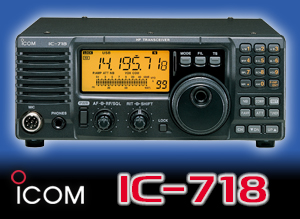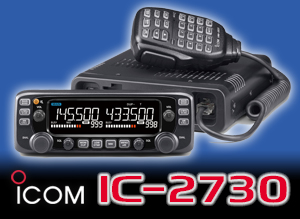Propagation News – 30 November 2025
Last week was a mixed bag in terms of solar activity. Yes, we had geomagnetic disturbances but they were never really that bad, with a maximum Kp index of 5, and that was for only one three-hour period.
This was mainly due to two large coronal holes on the Sun, which saw the solar wind speed increase to around 700 to 740 kilometres per second. There have been coronal mass ejections but these have been on the far side of the Sun and so didn’t affect us.
Meanwhile, the solar flux index has continued its downward trend, being in the range of 116 to 121 over the week.
However, there has been DX to be worked. The CDXC Slack group reports ZD7VJ on St Helena Island has been logged on the 40m band using CW. 3G0YR on Easter Island, was also worked on the 40m band using CW.
Many other stations have been setting up for the CQ World Wide CW Contest over the last week, so there have been plenty of DX stations around.
The DXSummit website reports 3B8/E70A in Mauritius on the 15m band using FT8, VR2KF in Hong Kong on the 10m band using CW, and S21RW in Bangladesh on the 10m band using SSB.
Next week, NOAA predicts that the solar flux index will pick up, perhaps hitting 155 by 1 December and 175 by 6 December. Only time will tell if this prediction is correct. Meanwhile, the Kp index is forecast to start the coming week at 2, but then increase to 5 by Wednesday, 3 December.
Quiet geomagnetic conditions were forecast for the duration of the CQ World Wide CW Contest.
VHF and up propagation news from G3YLA and G4BAO
The recent unsettled weather is continuing to dominate the big weather picture for the coming week or two. But with such a complex weather pattern, it is hard to be precise as to the predicted upcoming weather events and their timings.
It’s worth keeping a watch on forecasts from day to day to pick the bigger storms out in time and make sure your antennas are secure. Having said that, in propagation terms, this type of pattern is poor for any tropo prospects and the best benefit is likely to be potential rain scatter from heavier rain.
Last Wednesday saw some interesting dry-weather 24GHz propagation over the North Sea. At the Margate 24GHz WebSDR, the newly repaired Flanders beacon ON0HVL was copiable all day until around 2000UTC, until a band of humid air hit the path from the West, taking out both ON0HVL and GB3PKT. The latter returned to normal on the morning of Thursday, 27 November.
We are now exiting the broader span of the Leonids meteor shower with a gap driven by random meteors until mid-December when the Geminids arrive. There have been a few minor auroral moments, although not particularly noteworthy in a radio sense. But in the absence of any tropo, perhaps it’s still worth keeping an eye on the Kp index going above 5 to provide a little excitement.
Lastly, we had some more out-of-season Sporadic-E on 50MHz last week, so keep an ear open for that.
For EME operators, Moon declination is rising and went positive again on Saturday, 29 November. That means more Moon time and higher peak elevation in the coming week. Path losses are low and falling further as we approach perigee on Thursday, 4 December. 144MHz sky noise is low all week, climbing to moderate at the end of the week
Category: GB2RS Propagation News










